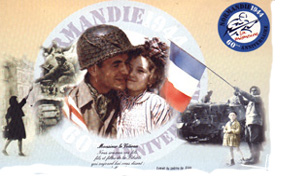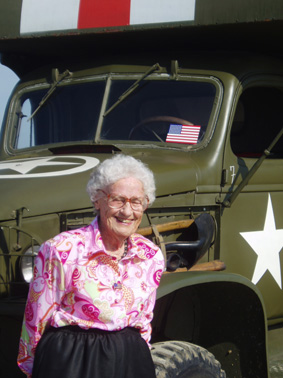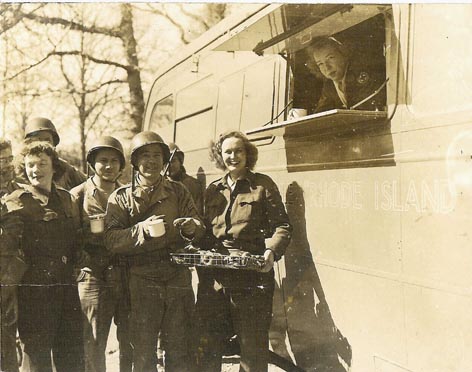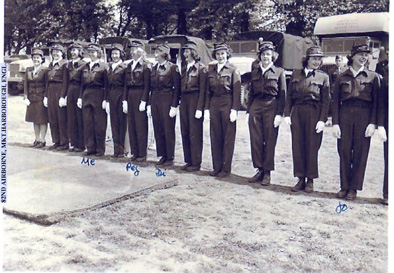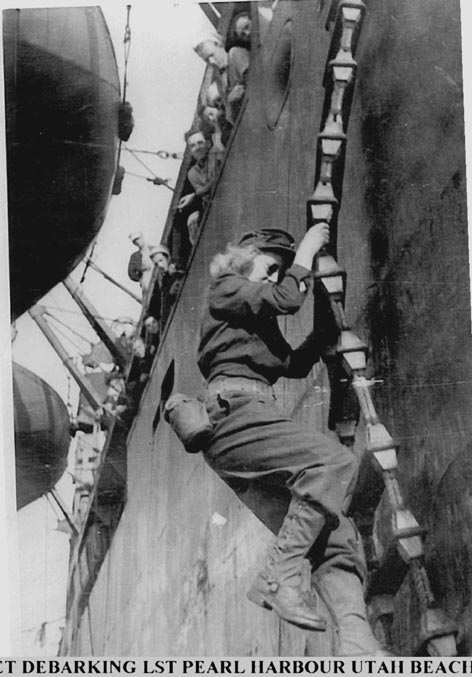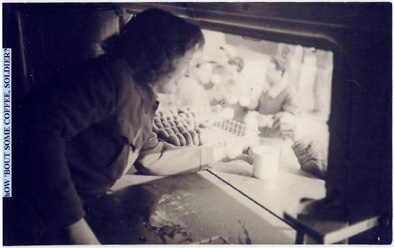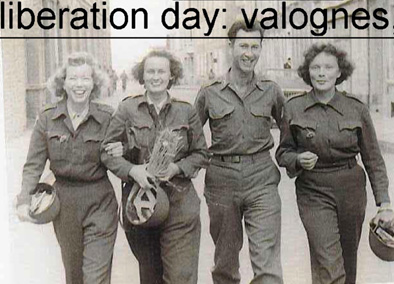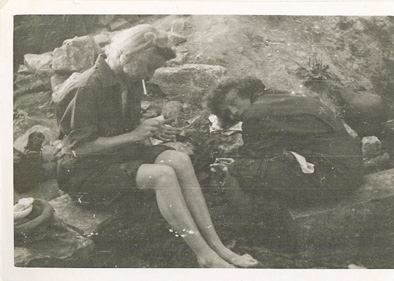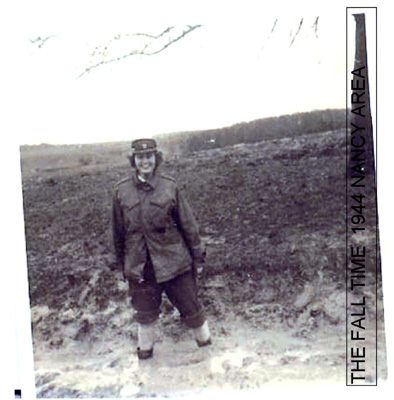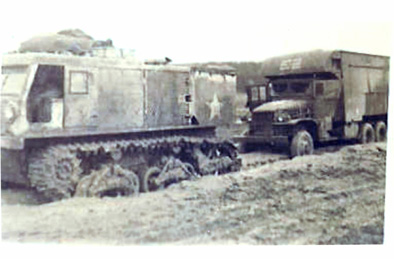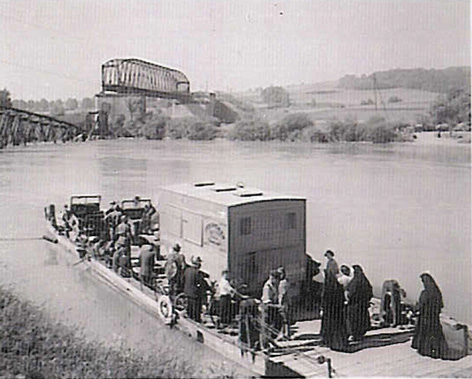In World War II the American
Red Cross was asked by the U.S. Armed Forces to provide recreational services
to the servicemen in the various theatres of operation.
In Great Britain, the Red Cross began setting
up service clubs in London and towns near army installations. Shortly
thereafter, on air bases, aero clubs were set up. Because of the great
difference in pay between American servicemen and their counterparts from
other countries, as Great Britain, the army asked the Red Cross to make
nominal charges for food and lodging.
The Red Cross clubmobile was conceived by
the late prominent New York banker, Harvey D. Gibson, Red Cross Commissioner
to Great Britain, who wanted to put a service club "on wheels" which would
reach the serviceman at his camp or airfield. Also, by having a club on
wheels, the Red Cross was able to get around the army's request that servicemen
pay for food. Everything distributed on a clubmobile was free.
The American Red Cross Clubmobile (genuine Hearth of the travelling
Soldier) had been born. The Clubmobile in the United Kingdom was based
on "Green Line" London buses which were equipped with a kitchen
with a machine to
manufacture the famous "doughnuts" (fritters with a central
hole), A primus stove was designed to heat water for fifty cups of coffee.
There was also a large collapsible
table, two benches able to transform itself into a camp bed, a gramophone
with loudspeakers, and a broad selection of recent records and magazines.
The driver was English.
Three American girls were attached to each bus. They were deployed to
camps and airbases, manufacturing hundreds of doughnuts, preparing coffee,
distributing cigarettes, "life savers" (candies with central
hole) and chewing-gum.
In preparation for the disembarkation in Normandy,
nearly one hundred trucks "GMC 2 1/2 Ton" were transformed into
Clubmobiles. The American girls (four to each GMC) learned to drive these
heavy lorries. They were from now on the "Clubmobilers." As
of July 1944, twelve groups were created, each with eight GMCs, identified
as groups A through L. Also attached to each group were a cinema truck,
three supply trucks with trailers and three English Hillman trucks. The
majority of these groups disembarked on Utah Beach and followed the 1st
and 3rd American armies all the way to Germany where they remained until
the end of 1945.
Janet Dillon Blair, known as Skinnylobster,
our guest in Normandy, disembarked August 12, 1944 on Utah Beach with
group K which was attached to the 3rd army. Her principal stops in France
were Bricquebec and Sartilly (50), Laval, Mans, Orleans, Feel, Troyes,
Sompuis (51), Foug (54), Nancy and Morhange (57). |
